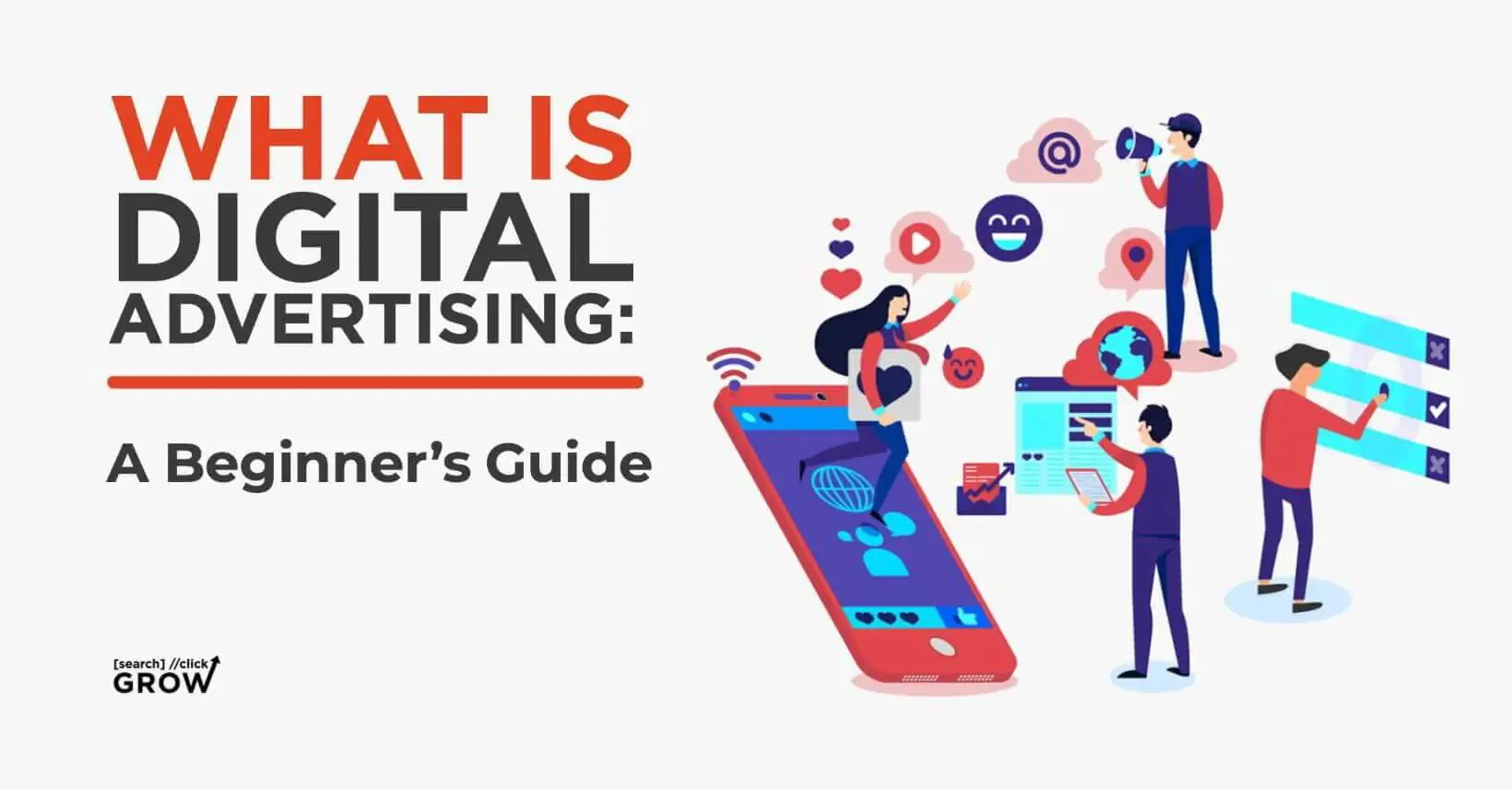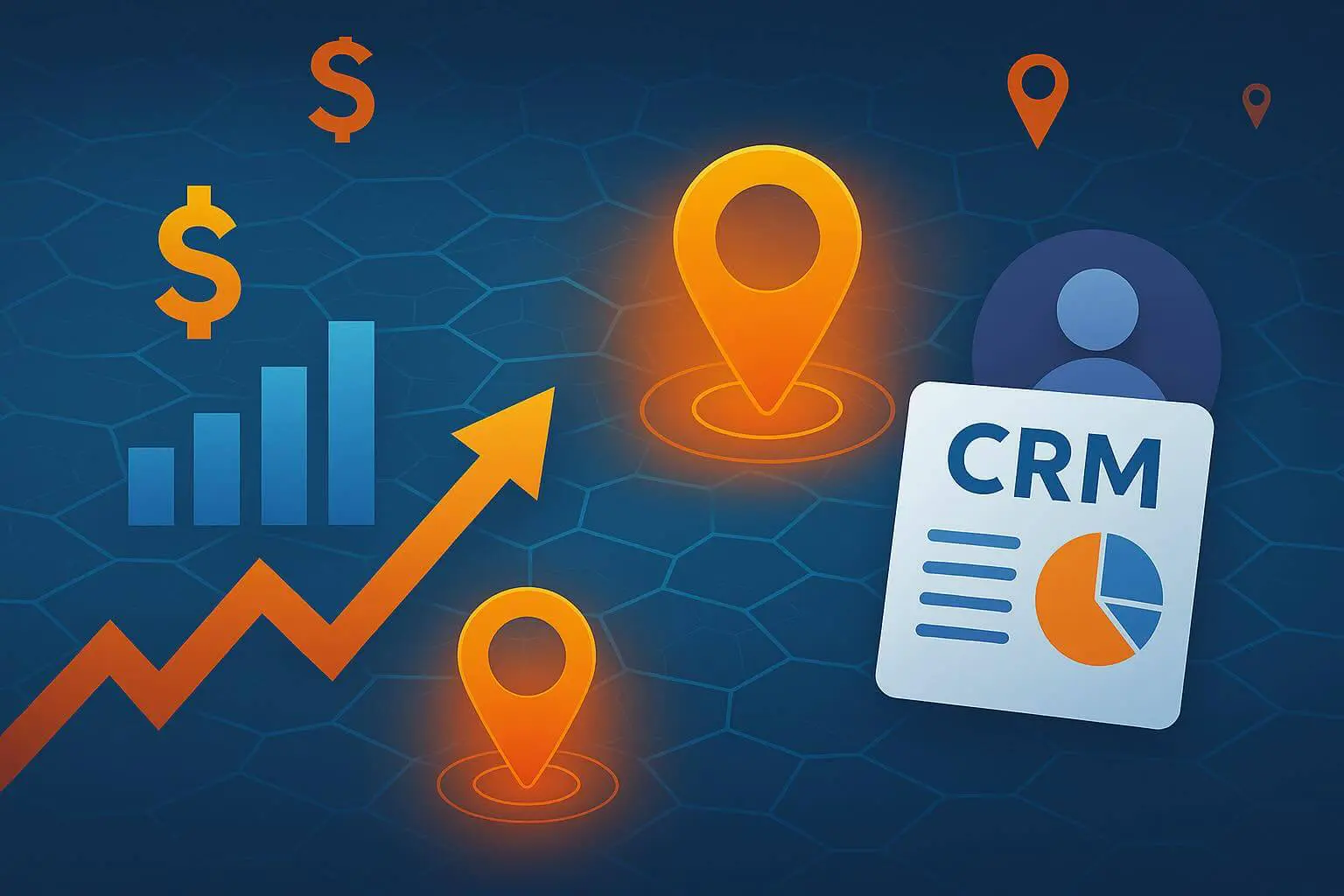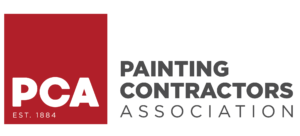
What Is Digital Advertising: A Beginner’s Guide
As a business owner or decision-maker, you’ve probably asked this question a million times: “What is digital advertising, exactly?”
Well, if you’ve seen a sponsored video, story, or post as you scrolled through Facebook, Instagram, or YouTube, you’ve already experienced being on the receiving end of a digital advertising campaign.
See, the global spending on digital advertising has reached a whopping $378 billion, and experts expect it to hit the $646 billion mark by 2024. Many businesses worldwide now use the strategy to stay competitive in the market.
You’ve probably already figured that digital advertising matters, but you don’t know how to use it to your advantage. This article will answer all your questions about the topic — its definition, benefits, types, examples, and more.
Read on to discover just how essential digital marketing is to grow your business.
Digital Advertising: A Definition
The worldwide online community has reached a jaw-dropping five billion people, or 63% of the population. Digital advertising is a data-driven marketing technique designed to target potential clients from this massive group of people.
Modern brands use the strategy to appeal to online customers in every stage of the buyer’s funnel — awareness, interest, desire, and action — and move them from one phase to the next.

You can run campaigns from awareness to action via search engines, social media, websites, apps, and other programs prospects use digitally.
Digital Advertising vs Traditional Advertising
Traditional advertising refers to offline marketing efforts such as TV, radio, and print. Think of Superbowl commercials, radio jingles, and newspaper coupons.
Digital advertising shares some similarities with these techniques. For instance, both aim to boost sales, product or service recall, and brand awareness.
However, digital advertising has become the go-to for more price-conscious brands. After all, it offers granular control on targeting and budgeting and comes with valuable data you can track in real-time.
When you run traditional ads, you can estimate how many people will see them, but you can’t get actual figures. However, with online ads, you can gain valuable insights into the potential clients you reach.
The list includes their age, location, gender, interests, and viewing habits. For this reason, more and more brands are concentrating on digital campaigns instead of traditional ones.
Is Digital Advertising Worth the Investment?
Yes, digital advertising is worth the investment, but don’t take our word for it. Here are some interesting digital advertising statistics that prove its value:
- Facebook and Google have the highest return on investment (ROI) across all online platforms.
- Facebook now has almost 3 billion active daily users.
- Google processes 8.5 billion searches daily.
- Pay-per-click (PPC) ads — which Facebook and Google offer — average a $2 return for every dollar spent.
- PPC can double the number of site visitors from your search engine optimization (SEO) efforts.
- Online advertising can increase awareness by 80%.
- Consumers are 70% more likely to purchase from you when they see a retargeting ad.
So, is digital advertising worth the investment? Absolutely — if you know how to develop campaigns that resonate with your ideal audiences. Let’s discuss in more detail why you should consider adding digital advertising to your marketing plan.
What Are the Benefits of Digital Advertising?
Not yet sold on the idea of investing your hard-earned dough in digital advertising? Below are some of the most known advantages of this marketing branch to help you make a sound decision for your brand.
- Cost-Effectiveness: Contrary to popular belief, you don’t need a massive marketing budget to run digital ads. While traditional marketing methods make it difficult for small-to-midsize businesses to go head-on with megacorporations, online efforts can be the game-changer they need to reach ideal audiences. Digital ads let you define your audience, so you don’t waste your resources on people who are not at all interested in your products and services. Instead, you can create buyer personas whose needs you can address. Also, you can allocate your budgets accordingly. Whether you want to spend $500 or $5,000 on your campaign, you can set whatever amount works for you. With such features, you can achieve even better ROI than industry leaders.
- Real-Time Tracking: With digital marketing, you never have to go in blind. Once you invest in these activities, you can track your campaigns in real time. For instance, you can check how many leads you generated with your budget. The best part is that you can stop ineffective online campaigns anytime you want and adjust your ad. Also, with valuable insight on impressions, clicks, comments, and shares, you can prepare for future advertising efforts. You can find areas for improvement with your ads.
- Ability to Make Changes: One of the best benefits of using digital advertising over traditional counterparts is that you can make changes as you go. With traditional advertising, you can’t just stop an ad and make edits. Once your radio, billboard, or outdoor ads run, you can’t alter them until after the end of the campaign. On the other hand, digital advertising gives you the power to make changes whenever you want. If your ads are not as effective as usual, you can update your content and ad preferences as much as you need to drive the best results.
- Instant Results: Some digital marketing activities offer lower acquisition costs in the long run, such as SEO. However, these efforts take months to get results. On the other hand, the moment you start showing effective ads, you will feel its impact on your revenue and site visitor quantity right away. You will complete more orders and encourage more online reviews, attracting more people to your site.
- A Perfect Fit for Small to Midsize Businesses: Lastly, digital advertising is heaven-sent for smaller businesses. You don’t need a big league budget to run online ads. With the right strategies on your side, you can be side-by-side or even beat large corporations. What is digital advertising? It’s a marketing branch that levels the playing field for smaller businesses. You can compete with the most popular brands in the world in this space.
Types of Digital Advertising
Now that you know a bit more about digital advertising and its benefits, you’re probably excited to run campaigns left and right. Before you get to it, let’s talk about the most popular digital advertising types.
PPC Ads
PPC is a search engine marketing (SEM) model where brands pay advertising platforms like search engines and social media pages every time a site visitor clicks on their ads. It’s the most widely used type of digital ad.
In traditional advertising, you pay fees based on viewers, listeners, or readers. With PPC, you only pay for the ones actually interested in your products or services and who show interest by clicking your ad.
This feature is one of the things that makes digital advertising small business-friendly.
The cost per click (CPC) typically falls between $1 and $2. This model follows an automated process and happens in a split second. You only need to set a max bid to indicate your price sensitivity to advertising platforms.
Running PPC campaigns may seem like a walk in the park, but it has a steep learning curve. It requires effective keyword selection, bidding, and copywriting. You also need landing pages and website analytics to develop standout campaigns.
Search Advertising
An astounding 93% of online transactions begin with search engines like Google. A big chunk of these searches is high intention, meaning users are looking for options for their needs.
For this reason, an ad can sway them toward an immediate purchase. It can even steal a potential customer from the competition.
Search advertising also uses a bidding system like PPC, where you bid on keywords people type on the search bar. Your ad will then appear on top of the search engine results page (SERP).
For example, you can choose to show your ad to a visitor looking for a hypoallergenic makeup remover. The best part is you only pay search engines for the people who click on your ad.
Display Remarketing Advertising
Think of this scenario. What happens if a first-time buyer on your site is suddenly distracted and doesn’t complete the transaction? The truth is that they likely won’t come back — except if you create campaigns that specifically cater to them.
Such efforts fall under the remarketing category. They work wonders for anyone who has been to your site but left without buying anything.
Here’s how you do it:
- You place a temporary online tracker on these prospects called cookies — which are harmless, by the way.
- Advertising platforms then use them to offer such users more customized results.
- After you set up your campaign, sites like Google or Facebook will show your ads to users several times within a few days. Your ads may also appear on affiliate websites that earn a small amount for the ad placement.
The click-through rate (CTR) of retargeting ads is 10x higher than typical display ads, making them an essential part of your digital marketing plan.
Social Media Advertising
In the U.S., the average social media user spends two hours and three minutes on sites like Facebook, Instagram, Twitter, and TikTok daily. Everyone you know is likely guilty of spending way too much time shopping, chatting with friends, and just scrolling nonstop on these platforms.
Advertising on social sites includes boosting posts and showing display ads across various platforms. The best part about this ad type is that it offers next-level targeting, letting you dictate who you want to target with your ad.
You can choose your audience based on:
- Age
- Location
- Gender
- Marital status
- Spending habits.
It’s probably why sites like Facebook collect so much data from users.
In a social media setting, you boost your chances of success with more specific and targeted ads.
Bonus: Enhancing Google and Facebook PPC Ads
Google and Facebook offer the highest ROI among all digital advertising options.
Here are a few tips to make the most out of these ads:
- Facebook: Write copy that appeals to emotions and match it with a relevant landing page. About 65% of people are visual learners, making videos and images a critical part of your Facebook ads. Create artwork that stands out from all the digital noise.
- Google: Make sure your ads are relevant to your customers’ search activities. Use negative keywords — or those that don’t add value to your brand. For instance, if you’re an optometrist, you can include wine glasses and drinking glasses in your list of negative keywords. Doing so ensures your ads don’t appear for people looking for these keywords. Just as you would on Facebook, write powerful copy for your Google ads that match your landing page. Doing so can drastically boost your CTR.
Elevate Your Online Presence Now
What is digital advertising? It’s a revolutionary online tactic for small-to-midsize businesses. If you want to dominate the virtual scene, you should include it in your marketing plan.
If you’re not sure where to start, it’s best to leave the work to the pros. After all, without prior knowledge and experience, you could end up wasting resources on ineffective ads that reach the wrong audience.
At Search Click Grow, we’ve helped hundreds of smaller companies reach up to 10x growth through tried-and-tested methods. We know what it takes to take your business to the next level. Request a free breakthrough call now to begin your growth journey.






